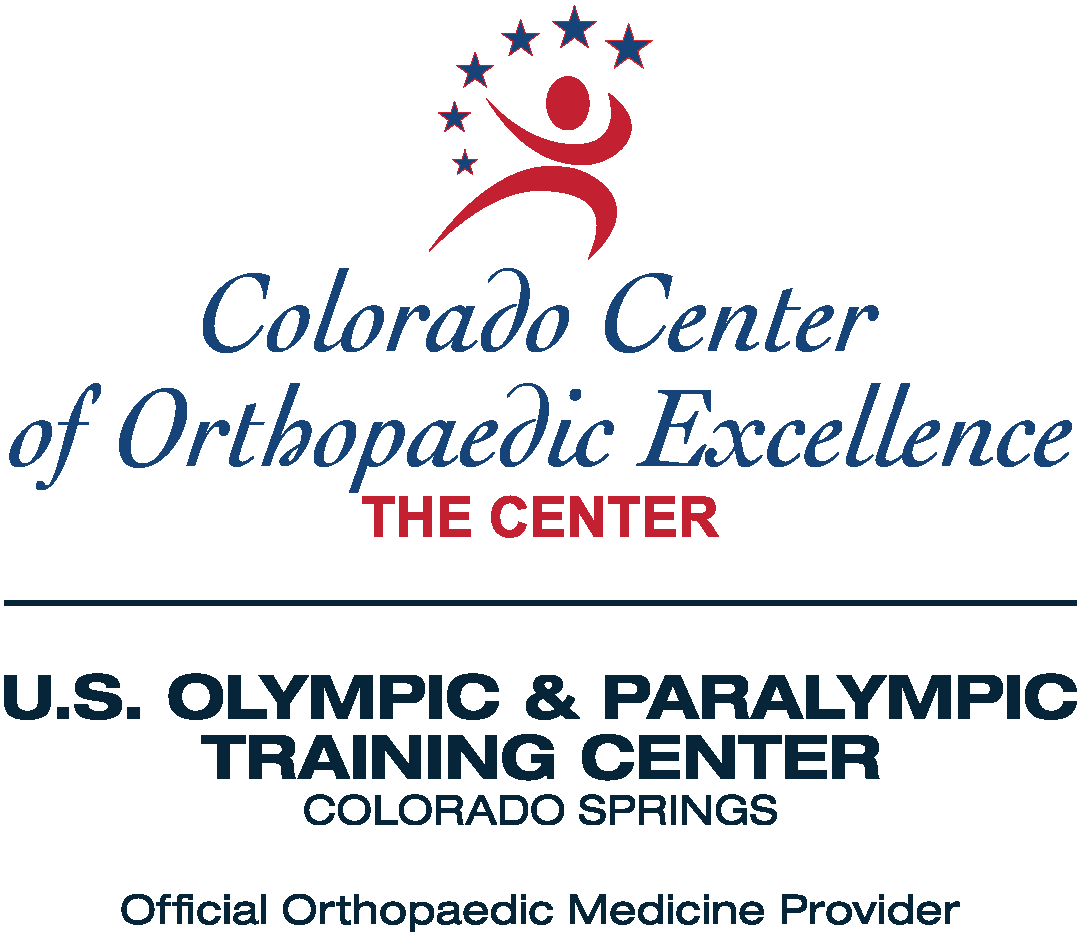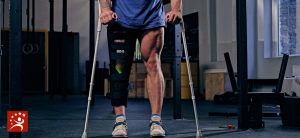Shin splints are a common exercise-related problem caused by repetitive stress on the shinbone and the connective tissues that attach the muscles to the bone. Pain may be worse at the beginning of activity and then subside during exercise — or it may subside when you stop moving. But shin splints are not something to ignore. Too often, if they consider the pain tolerable, athletes or runners try to “push through” the pain. Which is the last thing they should do. And why it is so important to consult with the skilled orthopedic specialists at the Colorado Center of Orthopedic Excellence in Colorado Springs, Colorado before pain becomes chronic and a fracture occurs.
OVERVIEW
Shin splints are a common overuse injury that affects the lower leg. This injury happens when the muscles and bones in the lower leg pull and become irritated leading to inflammation of the muscles, tendons, and the thin layer of tissue covering them. Shin splints account for about 10 to 15 percent of all running injuries. It has also been found that up to 60 percent of all conditions that cause leg pain in athletes have been attributed to shin splints. Shin splints are more common with female runners because they don’t have as much muscle mass to sustain breakdown. It is even possible for children to get shin splints. They may feel similar to growing pains, but as with any athlete, they can be the result of a very active child.
ABOUT THE TIBIA
The tibia is what is referred to as the shin bone. The tibia is one of the two bones in the lower leg. It’s the second-longest bone in the body after the thigh bone. The tibia is paired with a shorter leg bone called the fibula. As the stronger of the lower leg bones, the tibia is the weight-bearing bone supporting the weight of the body as one moves and stands. The tibia also serves as a point of attachment for 11 muscles, as well as tendons and ligaments that together help one extend and flex the knee joint and move the ankle joint. The tibia is the most commonly fractured long bone in the body.
WHAT ARE SHIN SPLINTS?
Shin splints are the common name for the medical condition known as medial tibial stress syndrome (MTSS). The pain associated with shin splints results from increased activity and excessive amounts of force on the shin bone and the tissues attaching the shin bone to the muscles surrounding it. Sometimes, shin splints are described as different types, such as anterior, medial, or posterior. These names relate to the different parts of the leg (front, middle, or back) and the muscles where the pain is felt. For example, medial shin splints are felt on the inner side of the shin, while anterior shin splints are on the outer side. Pain typically occurs along the inner border of the tibia, where muscles attach to the bone.
CAUSES
There are several risk factors for runners:
- Someone beginning a running program
- Running on uneven terrain, up hills, or downhill
- Running on hard surfaces like concrete
Also at risk are those participating in sports that have fast stops and starts like soccer or downhill skiing. Also, those who participate in activities that repeatedly put weight on the legs such as tennis or basketball. Dancers and military recruits are two other groups frequently diagnosed with the problem.
Shin splints can be caused by:
- Having flat feet or abnormally rigid arches
- Intensifying or changing training routines
- Improper training techniques
- Exercising with improper or worn-out footwear
- Not warming up before exercise or stretching afterward
- Muscle weakness in the thighs or buttocks
- Lack of flexibility
- Being overweight
- Osteoporosis
SYMPTOMS
Shin splint symptoms may present in many ways:
- Mild swelling around lower legs
- Aching or dull pain down the front of one or both legs
- Shins that are painful to the touch
- Pain that worsens during exercise
- Increased pain when the heel touches the ground during running
- Pain that improves with rest
- Pain that starts on the inside of the lower leg above the ankle
- Pain that gets worse when standing on the toes or rolling the ankle inward
- As shin splint progress, pain can become sharp and razor-like leading to a fracture
NON-SURGICAL TREATMENTS
The best course of treatment for shin splints is to stop any activity that’s causing the pain until the injury is healed. Other treatments include:
- Icing
- Compression
- Stretching
- Strengthening exercises
- Nonsteroidal anti-inflammatory drugs (NSAIDs), like aspirin, ibuprofen, or naproxen, will help with pain and swelling
- Wearing supportive shoes with good cushioning
- Orthotics—shoe inserts can be custom-made or purchased off-the-shelf
Above all, give it time. Starting to work out before the shin heals may cause further injury
WHEN IS SURGERY INDICATED?
Surgery is only used if conservative measures are not helpful and shin splints are causing severe symptoms that have lasted more than three months. Making strategic cuts in the thin fascia tissue that surrounds the muscles of the calf can sometimes relieve shin splint pain. This surgery is called a fasciotomy of the deep posterior compartment, and it can be helpful when damage to the fascia of the lower leg is causing shin splints.
GETTING THE RIGHT DIAGNOSIS. GETTING THE RIGHT DOCTOR.
Shin splints aren’t anywhere as simple as people may think which is why it’s so important to find a skilled and experienced orthopedic surgeon as soon as experiencing any shin pain. Without having time to heal, shin splints can progress into a tibia stress fracture. A stress fracture is when the bone can no longer handle the load being placed on it and it cracks or fractures. It’s important to know if this has occurred, as treatment would be different from having shin splints alone. The expert surgeons at the Colorado Center of Orthopedic Excellence in Colorado Springs, Colorado, have had extensive experience treating shin splints. Not only is it important to determine if there is a fracture, but also whether severe shin pain can be the result of other conditions such as tendinitis, chronic exertional compartment syndrome, or other more serious issues. In some cases, your surgeon may order X-rays to help identify these other possible causes of your pain. However, an MRI can better distinguish between stress fractures and soft tissue injuries. At CCOE, they are there for you in every way. They will do whatever it takes to ensure you properly heal so that you can be strong enough to jog, sprint, push hard, and jump back to all the activities you enjoy.











